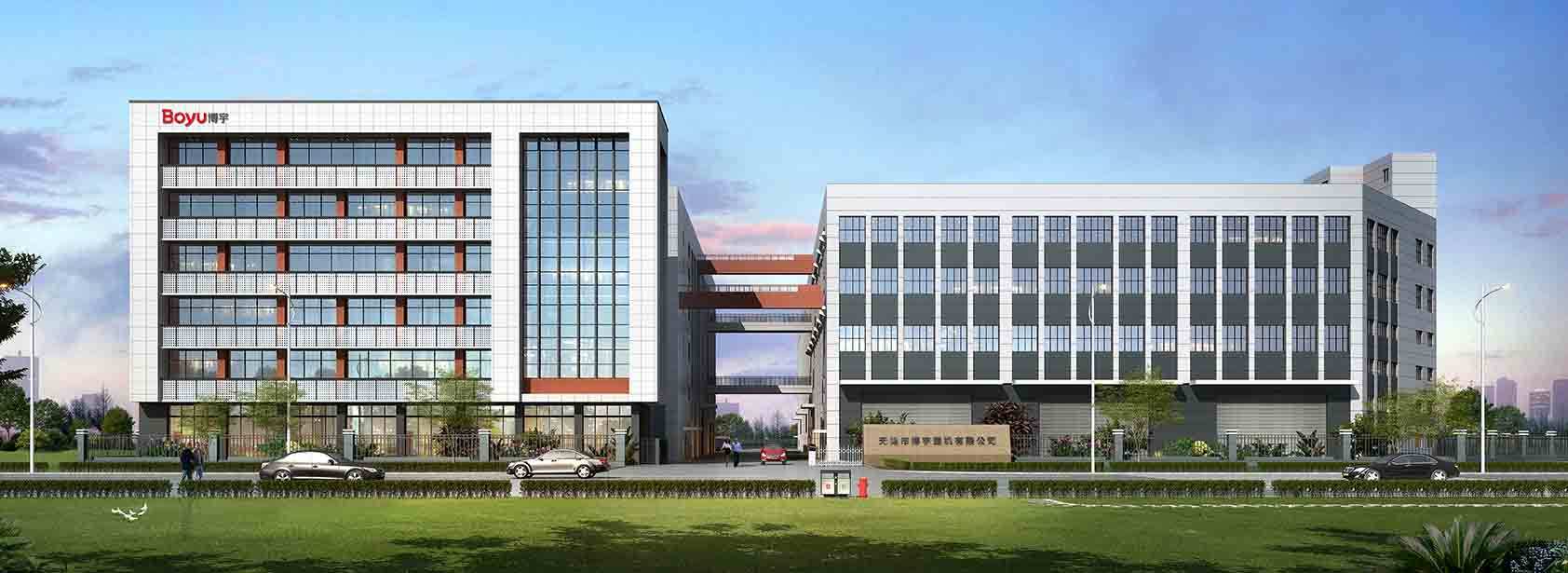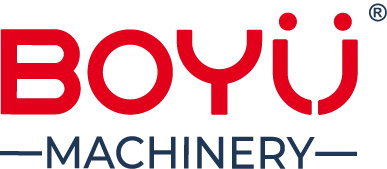In the realm of extrusion manufacturing, ensuring impeccable product quality necessitates the identification, control, and monitoring of all pertinent quality parameters. Despite maintaining a stable process, extrusion defects can still arise due to factors such as mold design, material selection, and processing. Boyu Extruder, a renowned industry leader with extensive experience spanning over 20 years, understands the significance of addressing defects in extrusion process productively.

Identifying the Main Plastic Extrusion Defects
Common defects in extrusion processes arise from mold design, material selection, and processing, with many failures occurring during the processing stage.
Plastic extrusion processes can be marred by various defects, but proper understanding and effective solutions can help overcome these challenges. Improper system engineering poses a significant risk, where issues like incorrect clamps, improper die settings, and incompatible materials can lead to extruded products with chatter marks and centering defects. Ensuring balanced and optimized operations is vital for achieving even surface thickness, with factors such as freeze protection, water pressure, and temperature control playing key roles in minimizing defects.
Resin defects are another common issue, with poorly distributed fillers, foreign contamination, and improper mixing of resin and additives leading to the formation of blowholes on the product surface. Additionally, improper material addition can result in moisture absorption and subsequent bubble formation due to air exposure. Surging, characterized by cyclical variations in product thickness during extrusion, can also affect quality and consistency.
Boyu Extruder's Solutions for Flawless Extrusion Results
1. Utilizing Digital Temperature Sensors and Pressure Gauges:
By harnessing state-of-the-art digital temperature sensors and pressure gauges, precise monitoring and control of critical parameters can be achieved, ensuring optimal extrusion results.
2. Fine-Tuning Die Settings:
Meticulous adjustments to the die settings are essential to ensure smooth material flow, improving product quality and minimizing defects.
3. Accurate Resin Material Addition:
Properly measuring and introducing resin materials in a controlled manner minimizes variations, resulting in improved overall extrusion quality.
4. Increasing RPM Back Pressure for Enhanced Mixing:
Augmenting the back pressure during extrusion enhances material mixing, promoting homogeneity and reducing defects caused by inadequate blending.
5. Altering or Replacing the Screw:
Regular evaluation of screw design and condition is vital. Modifying or replacing the screw, as needed, optimizes the extrusion process for superior output.
6. Installation of a Gear Pump:
Integrating a gear pump between the extruder and the die facilitates regulation of material flow, ensuring consistent pressure and minimizing defects caused by uneven material distribution.
7. Maintaining Consistent Extruder Speed:
Sustaining a consistent speed of the extruder is crucial for achieving smooth and reliable production, reducing variations and defects resulting from fluctuating throughput.
Conclusion
Plastic extrusion defects can compromise the quality of extruded products, but with Boyu Extruder's unwavering commitment to excellence, these challenges can be effectively overcome. By addressing critical parameters such as melt pressure, temperature, die settings, and screw design, Boyu Extruder's innovative solutions ensure exceptional results.

